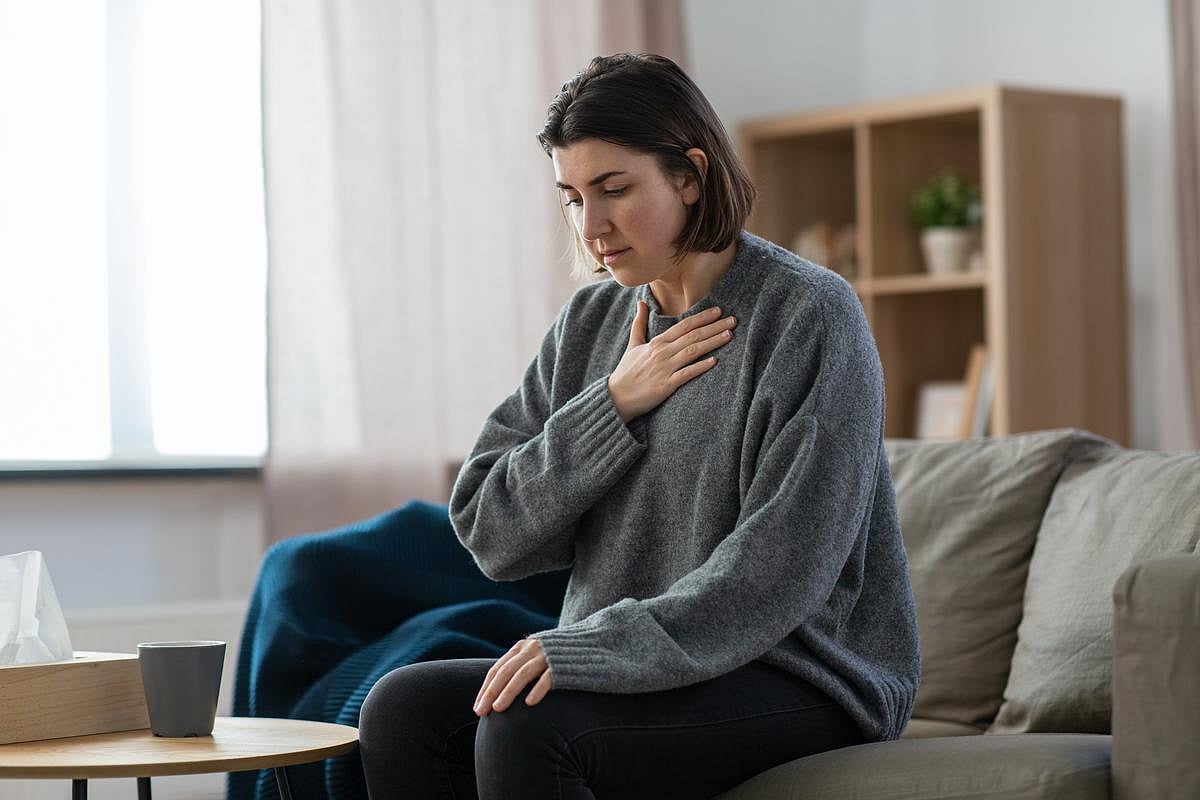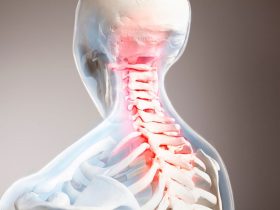Relatives of bereaved in high grief trajectory have increased use of mental health services, antidepressants, sedatives, and anxiolytics
By Elana Gotkine HealthDay Reporter
FRIDAY, July 25, 2025 (HealthDay News) — Relatives bereaved by natural death with high and sustained grief symptoms have increased mental health care use and mortality for up to 10 years after the loss, according to a study published online July 24 in Frontiers in Public Health.
Mette K. Nielsen, Ph.D., from the Research Unit for General Practice in Aarhus, Denmark, and colleagues examined associations between grief symptom trajectories and four long-term health outcomes among relatives bereaved by natural death: contacts to general practice (GP) and mental health services, use of psychotropic prescription medication, and mortality over three to 10 years after bereavement. Grief symptoms were assessed using the Prolonged Grief-13 scale among 1,735 bereaved relatives prior to bereavement, six months after bereavement, and three years after bereavement.
Five main trajectories of grief were identified; the low grief trajectory (LGT), with persistent low levels of grief symptoms, seen in 45 percent, was used as a reference. The high grief trajectory (HGT; 6 percent of relatives) was characterized by persistently high grief symptom levels. The researchers found that compared with relatives in the LGT, those in the HGT had a significantly higher yearly incidence of GP contacts until seven years after bereavement. Compared with the LGT, the HGT was associated with higher use of mental health services, antidepressants, sedatives and anxiolytics, and excess mortality (odds ratios, 2.86, 5.63, 2.60, and 1.88, respectively).
“The ‘high grief’ group had lower education on average, and their more frequent use of medication before bereavement suggested that they had signs of mental vulnerability, which may cause greater distress on bereavement,” Nielsen said in a statement.
Copyright © 2025 HealthDay. All rights reserved.







